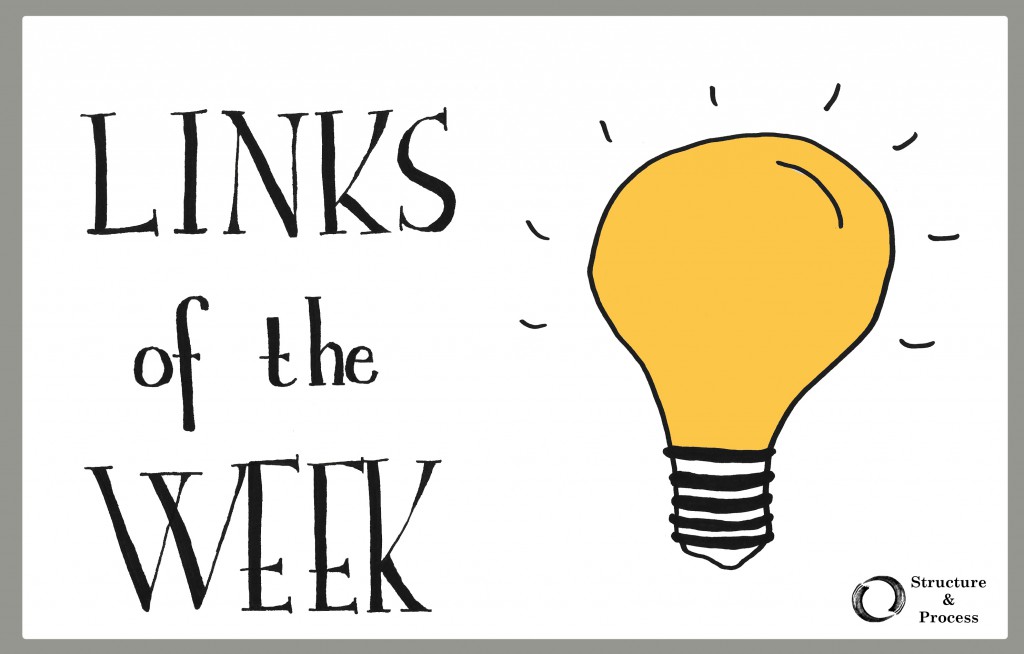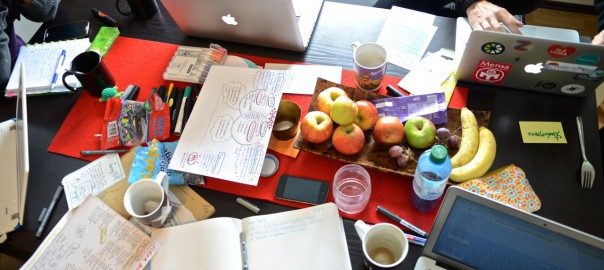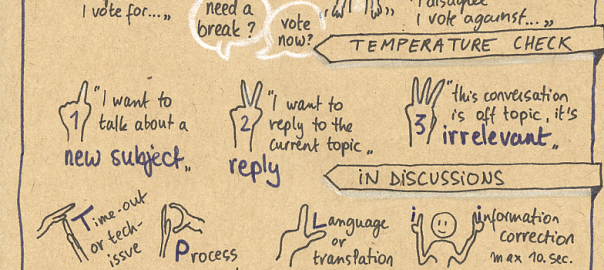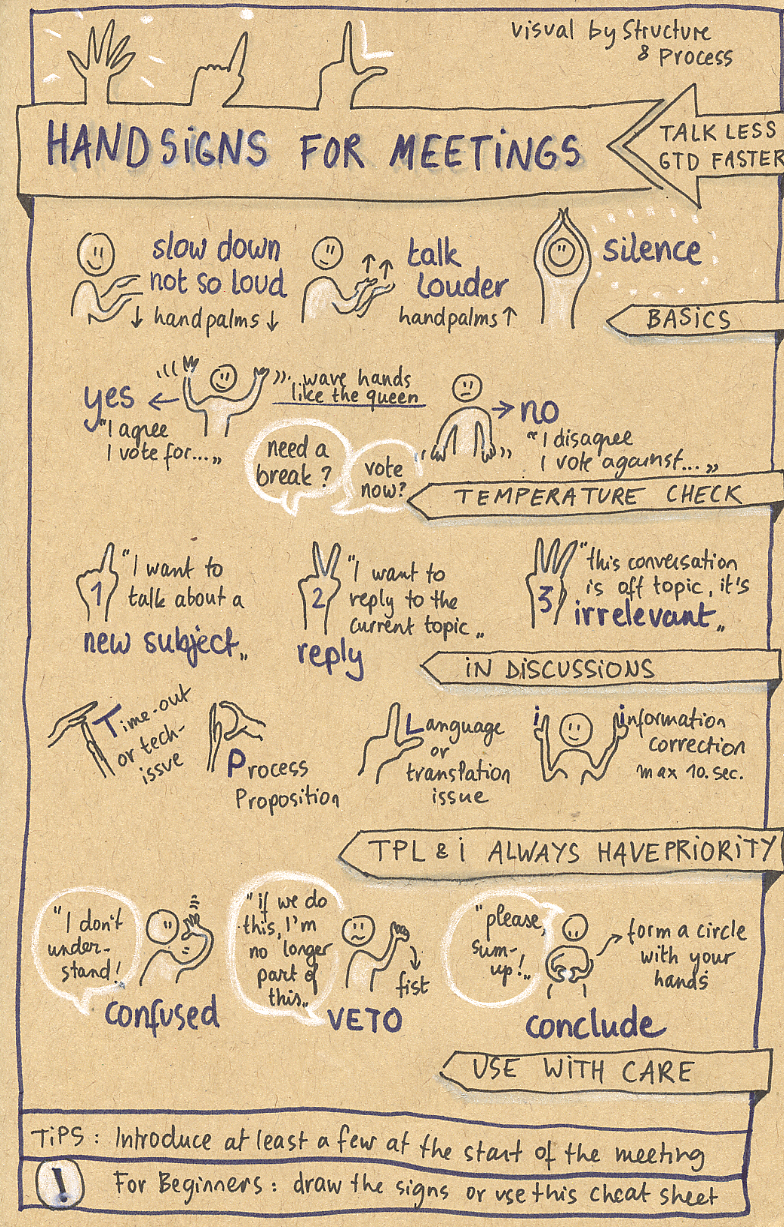I procrastinated publishing this post long enough that our organisation’s official purpose changed meanwhile. :-) I still find it valuable to share though, as it expresses a nuance on our work that I enjoy.
Even if as a company, we now speak more generally about “beautiful work” (another blogpost will follow), “encounters for meaningful collaboration” are still the heart of what we produce and what we thrive on. I offer this to you, for inspiration and connection! – Martina
We say: Encounters, as in: meeting of real people: Real humans meeting real humans. In all their complexity. With all the potential for change.
We say: “encounters” rather than “meetings”: Encounters are fierce, intensely personal, piercing. They might start subtly, but they carry immense strength. An encounter will change you, and may change your life.
We say: Collaboration, as in: working together to build something. Solving problems. Doing it together as opposed to doing it alone. With shared ownership and active engagement of all parties.
Collaboration may be structured or free-flowing. Rules and roles may appear, change, and dissolve. Collaboration can be clear and collaboration can be messy. Sometimes it is both at the same time.
We say: Meaningful, as in: with purpose. With depth. With intent.
Sinnvoll. Zweckgerichtet. Intentional. We invite depth, feeling, intentionality. We quest into intimate questions of what is important and what not. We care for the personal meaning in what may look to the outside as shared or even collective, large-scale work. Life is short. What is meaningful to you?
Meaningful collaboration is not: random. “For fun”. An “experiment”. It is dedicated effort towards something significant. Fun and lightness come naturally to the process, but they are not goals in themselves. Enjoyment may be: Deep joy arises when meaning is apparent.
As an organisation, Structure & Process creates “encounters for meaningful collaboration”. In our work as a team, with our clients, in our client organisations. We invite you to join us: to co-create, to collaborate, and engage with the world’s, our communities’ and our shared personal challenges.
We are looking forward to meeting you.




